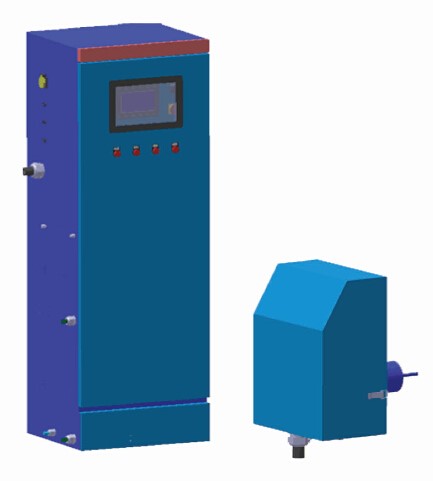Product details description:
Features
and Benefits:
1-
2-
3-
4-
5-
6-
7-
NOx / O₂ /
NH₃ detector scope of application:
NOx / O₂ / NH₃ detector is widely used in
electric power, glass, steel, chemical, furnace, environmental monitoring,
distributed energy and research centers, experimental bench and other areas of
flue gas emissions monitoring.
The detector by the NOx on-line detector
and ammonia escape analyzer. NOx can be detected in real time, can also be
converted based on the actual oxygen content, but also can detect exhaust
emissions of NH3. The detector using extraction method, this method will
separate the sampling system and analysis system, the analysis system in a
relatively good environment within the space.
Acquisition data can be converted to 4-20mA
output, expandable to RS485 output, but also extend the touch screen.
Simultaneously with remote things, data monitoring site may be transmitted to
the world via GPRS / wifi, and facilitate the monitoring and maintenance actual
usage.
Because industrial enterprises often
contain flue gas emissions of dust, particulate matter, ammonium sulfate,
ammonia sulfate and other sulfides will cause the probe plug, short circuit or
poisoning, so the need to filter flue gas. In order to prevent moisture
condensation in the flue gas and smoke and dust clogging, the device is
equipped with a tropical and ceramic filters,
Effective
filtration of impurities.


Measurement
accuracy: ≤ ± 5%
Response
time ≤ 2s
Ambient
temperature requirements: -20 ~ 50 ° C
Flue gas
pressure: -6 ~ 1kpa
Flue gas
temperature: 0 ~ 800 ° C
Response
time: 2sSampling probe weight: about 30kg
Analysis
cabinet weight: about 80kg
Signal
output: 4-20mA or 0-5V
Internet
of Things Features:
Also has GPRS output NOx, O₂, NH₃ analog
value function, relying on lifelong free IOT cloud platform to achieve remote
real-time viewing data, history export, alarm information push. You can change
the sending frequency to set the physical value corresponding to the analog
value in the IoT platform. Real-time curves and historical queries can be read
on mobile web, WeChat or PC web pages.